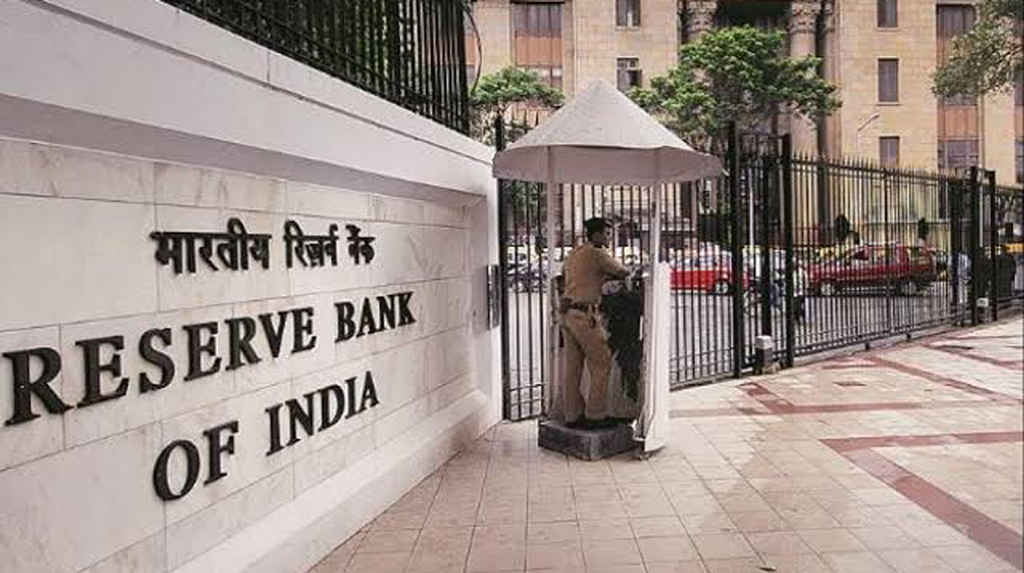Mumbai; The Covid-19 pandemic is likely to worsen India’s bad loan scenario, as the latest Financial Stability Report of the Reserve Bank of India (RBI) predicts that gross non-performing assets (NPA) ratio of Indian banks may increase to 14.7 per cent by the end of the current fiscal, in case the stress scenario severely worsens.
Under the baseline scenario, the gross NPA may increase to 12.5 per cent by March 2021. At the end of the FY20, the gross NPA ration was at 8.5 per cent.
“Macro stress tests for credit risk indicate that the GNPA ratio of all SCBs may increase from 8.5 per cent in March 2020 to 12.5 per cent by March 2021 under the baseline scenario; the ratio may escalate to 14.7 per cent under a very severely stressed scenario,” it said.
The forecast comes at a time when several experts and economists have raised concerns that the loan moratoriums and collateral free loans announced in the recent economic package would lead to more stressed assets and weaken the asset quality of the banks.
The report showed that the capital to risk-weighted assets ratio (CRAR) of scheduled commercial banks (SCBs) edged down to 14.8 per cent in March 2020 from 15.0 per cent in September 2019 while their gross non-performing asset (GNPA) ratio declined to 8.5 per cent from 9.3 per cent and the provision coverage ratio (PCR) improved to 65.4 per cent from 61.6 per cent over this period.
It noted that bank credit, which had considerably weakened during the first half of 2019-20, slid down further in the subsequent period with the moderation becoming broad-based across bank groups.




